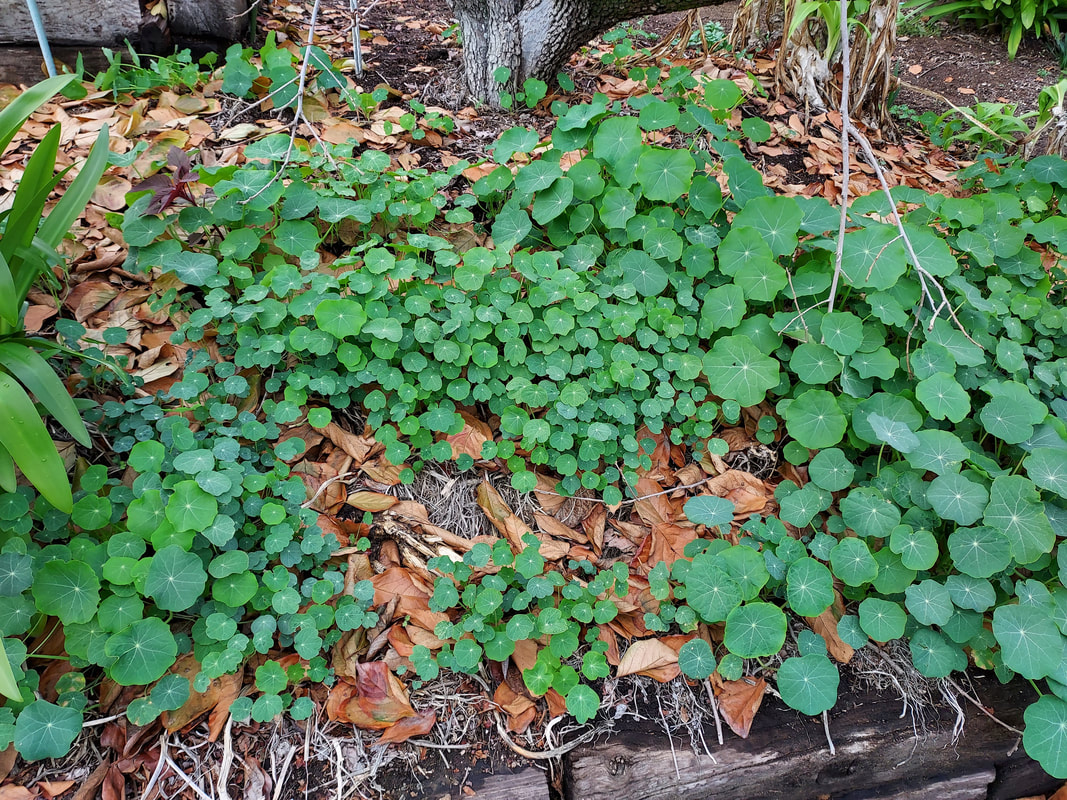| | With the Winter Equinox coming shortly -- at 1:47 pm on Wednesday, December 21 -- the depth of winter bodes the possibility of frost for our gardens. This year, however, our gardens already have the best protection from minimal frost damage – the rains have thoroughly saturated the soil, so plant roots are able to have fully absorbed available moisture, and foliage cells are plumped to forestall severe damage from lower temperatures. And yet, those gardeners who long for summer sun and tomatoes will enjoy the fact that the Winter Equinox also signals the beginnings of longer days – a whole 2 minutes each day! Harvesting For those of us concentrating on harvesting cool-loving crops like broccoli, bok choy, chard, lettuce, spinach and other greens, we’re in heaven now. The crunchy crispness of those plumped-up leaves accentuates the flavors and are what it's all about. Harvest leaf crops by removing only the outer leaves, letting the smaller three or four center leaves develop further. Thus, the plant continues growing -- and you continue harvesting -- throughout the season until spring warmth causes the plant to go to seed. Keep Sowing and Planting Adding more seeds and plants to the garden is on the task menu through the end of March at least and possibly even longer if temperatures remain coolish. Some seeds or baby plants to consider adding are chard, cilantro, kale, leeks, Bibb and buttercrunch and romaine lettuces, mustards, green and bulb onions, flat-leaf parsley, peas, radishes, and savoy-leafed spinaches. To help concentrate daytime warmth and increase seed germination, cover the bed with clear plastic sheeting. Anchor down the edges with soil or rocks to keep out slugs and other critters who love the succulent sprouts, and to keep the sheeting from blowing away. Larger transplants to add to the garden include globe artichokes, Jerusalem artichokes, asparagus, broccoli, cabbages, cauliflower, horseradish, rhubarb, cane berries, grapes, and strawberries. Plant more spring-blooming bulbs early this month, and save some to plant from mid-February through mid-March for extended bloom through late spring. More Frost Protection Protect citrus from cold damage by wrapping the tree trunks in newspaper and covering the foliage with plastic sheeting (but keep plastic propped up away from touching the foliage, as this may conduct the frost directly to the foliage and increase damage). Cold soil and dry winds can cause the rinds of ripening fruit to develop bleached blotches, and leaves to turn yellow where the sun strikes. Move dish cacti and succulents and potted trees under cover for protection from cold and rain. For more monthly tasks, go to December For holiday decorating from the garden, go to Holiday Décor From Your Garden - 11/19/19 For more frost protection techniques, go to Frost Threatens – How to Protect Our Gardens - 12/1/19 For more winter major-topic blogs, see Homepage |
|
0 Comments
|
Categories |























 RSS Feed
RSS Feed